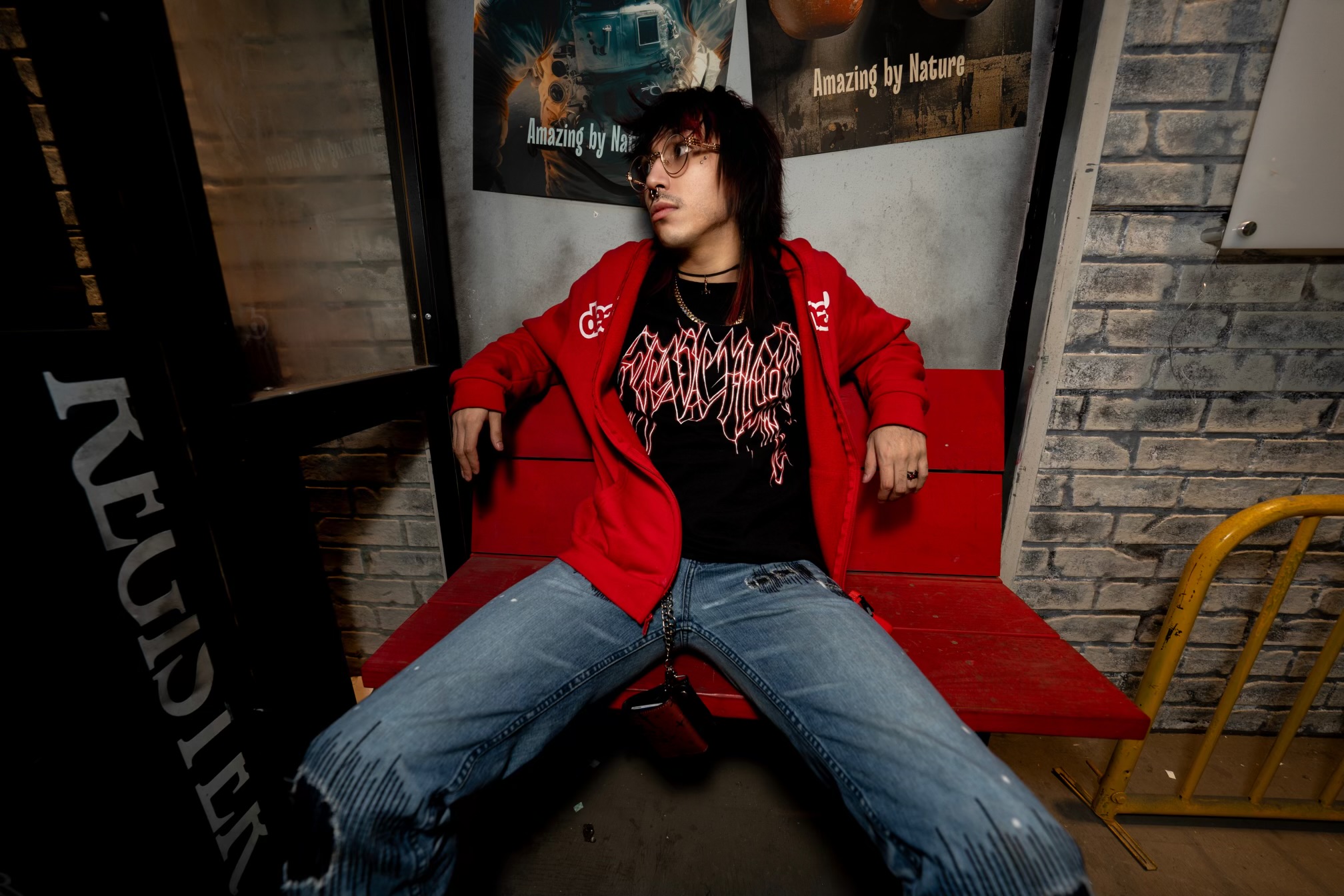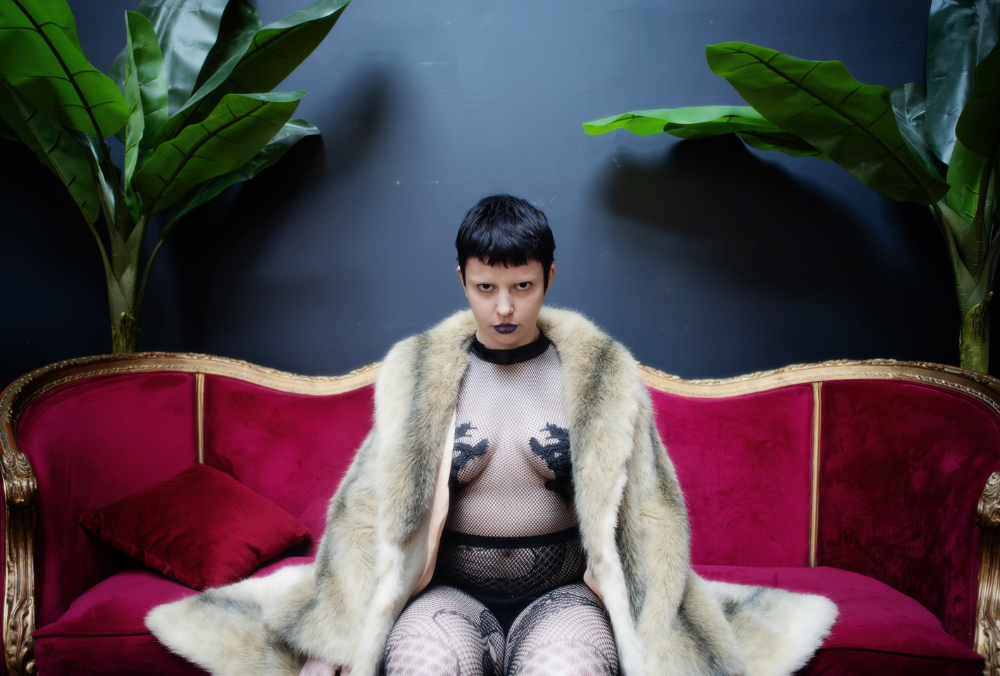Earwig and the Witch, based on the 2011 novel by Diana Wynne Jones, is the first Studio Ghibli film since 2014's When Marnie Was There and has a lot to live up to given the studio's incredible reputation. Even Ghibli's lesser films are still someone's favorite movie, but many will be disappointed by Earwig and the Witch. That's not to say the film is a failure. Earwig and the Witch is still a charming little fantasy film, but it's impossible to watch it without thinking that it could have been so much more.
The film follows Earwig, a young girl dropped off at an orphanage by her mother, a red-haired witch. Earwig, renamed Erica Wigg, enjoys manipulating people so they're wrapped around her little finger. Her pleasant life as an orphan, however, is flipped upside-down when a middle-aged witch named Bella Yaga and her partner, the Mandrake, adopt her with the intent of using her as "an extra set of hands" to work around the magical lab.
From here, Earwig is forced to deal with Bella Yaga's incessant orders. Her own mysterious ties to Bella Yaga and the Mandrake's past soon becomes apparent. However, that intrigue takes a side-seat to Earwig trying to figure out how to make her new adoptive home as cozy as possible for her, which might require some magical mischief along the way.
Earwig and the Witch is Goro Miyazaki's third feature and Studio Ghibli's first all-CG feature. Goro Miyazaki has often struggled with focusing his narratives around direct conflict. Earwig and the Witch is an improvement over Tales From Earthsea, arguably the worst Ghibli film. It's certainly a much more faithful adaptation of its source novel than Earthsea was of Ursula K. Le Guin's epic. The problems with Earwig as a film are problems inherent to the original text.
Earwig and the Witch drew a lot of controversy for its use of CG animation. Considering Goro Miyazaki had to create a new team of animators from the ground up without any help from the more experienced Ghibli animators, he did quite well. The set and character designs are lovingly rendered. The film does some beautiful things with Bella Yaga's house, especially the filthy workroom. The characters all look very distinct as well, though their often stiff facial expressions and unnaturally smooth skin sometimes make them look like dolls. The best-looking character is the Mandrake because his facial animation is the most dynamic.
The voice acting, both in the original Japanese and the English dub, is also fairly good. Extra points go to Richard E. Grant's Mandrake for being distinct and intimidating while also showing vulnerability. It isn't the actors' fault that the dialogue often is repetitive. One can probably make a drinking game for every time Bella Yaga threatens to give someone worms or the Mandrake tells people not to disturb him.
That's ultimately the biggest problem with Earwig and the Witch -- one that, sadly, Goro Miyazaki brought over from Diana Wynne Jones' original novel: not much happens. Both the book and novel tease a fascinating backstory centered on an old band several of the characters used to belong to, as well as rival witch covens and the like. However, none of this really plays into the plot of the book or film until the end of the final act.
Until then, you're stuck with four characters who really don't change much during the course of the plot: the bratty Earwig, the arguably abusive Bella Yaga, the enigmatic Mandrake and the detached cat Thomas. Any actual character development happens in the last act, and mostly off-screen at that. The film's ending genuinely feels like the halfway point to the story, not its conclusion. It's not hard to imagine that, if the film were condensed a little and the vignettes teased in the closing credits were turned into real scenes, Earwig and the Witch could be a compelling first half of a good movie.
Had Diana Wynne Jones lived long enough to pen a sequel, Goro Miyazaki might've had enough material to create a full-length feature. However, there just isn't enough content here to merit a full-length film. The audiobook for Earwig and the Witch is ten minutes shorter than the film itself. Why did Studio Ghibli choose this book for a feature-length? There are several other Diana Wynne Jones novels that would have been better to adapt... so why this little book? This material would've been better suited for a short film than a feature.
Earwig and the Witch is a faithful adaptation but a mediocre Studio Ghibli film. And given the studio's outstanding record, a weak Ghibli film seems all the more unfortunate. A charming enough distraction, Earwig and the Witch is so much weaker than most other Ghibli films in character and plot, you can easily skip it.
Directed by Goro Miyazaki, Earwig and the Witch features the voices of Richard E. Grant, Kacey Musgraves, Dan Stevens and Taylor Paige. The film is now available on HBO Max.
About The Author
